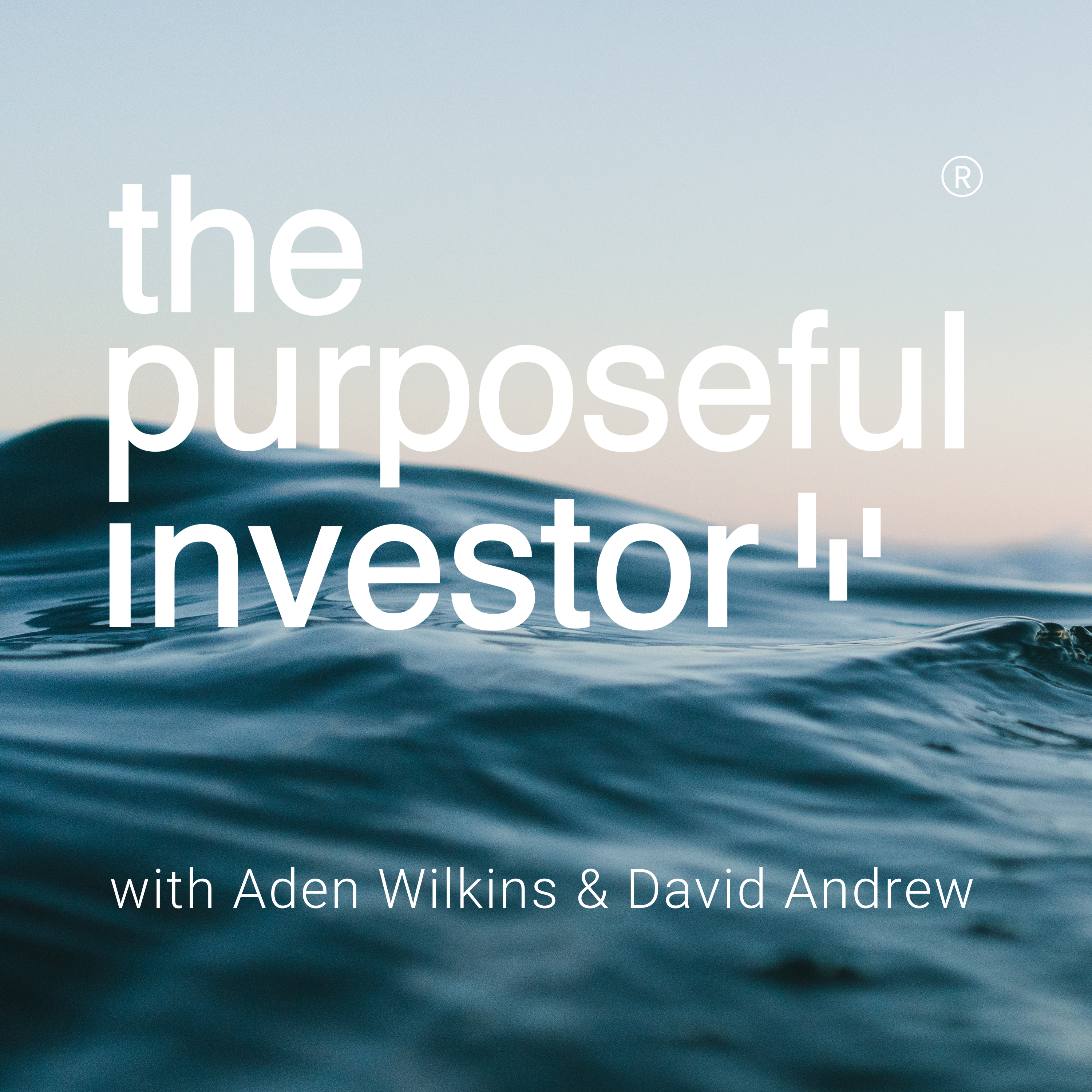Investors in traditional index funds are effectively investing in the entire market.
They’re trying to capture market returns, occasionally known as beta. But there’s plenty of academic evidence to show that by exposing their portfolios to specific risk factors, investors can and do beat the market over the long term.
A world-renowned authority on so-called factor investing is Larry Swedroe.
He explains that factors are nothing more than a characteristic, a trade or a style of investing that can be expressed even across asset classes.
So you could buy value, which is buying what’s cheap in stocks, bonds, commodities or even currencies.
The problem for investors today is in the academic literature over 600 factors have been discovered.
John Cochran calls it a zoo of factors.
So how to know which of the 600 are worth investing in?
Larry Swedroe identifies just eight factors that met all the relevant criteria.
Certainly, size and value funds have become increasingly popular. But is that a problem for factor investors? In other words do the premiums start to disappear as more and more people choose to gain exposure to them.
For the factors that have been identified many of them do disappear, but on average they shrink about one-third.
So money does come in, and if you buy the cheap stocks you push their prices up. You push down by shorting or avoiding the overvalued stocks if you will, the spread between them narrows and then the premium obviously would shrink.
A final word of caution. Yes factors such as size and value do tend to outperform over the long term, but investors can go for many years without seeing the value over and above traditional indexing.
So you need to be patient.


